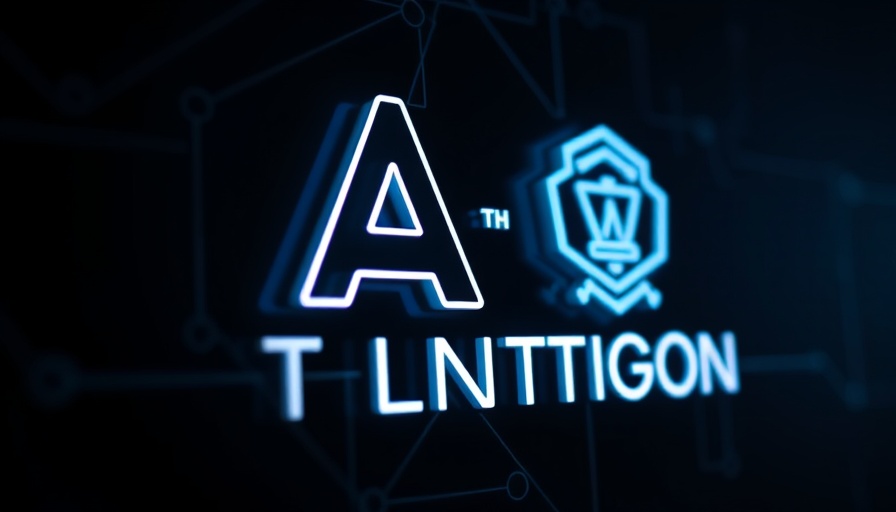
A Nuclear-Level Race for Superintelligent AI: What You Need to Know
Recent statements from major players in the AI industry have sparked alarms reminiscent of Cold War anxieties. OpenAI, Anthropic, and other leading AI labs are forthrightly warning of the transformative potential of artificial general intelligence (AGI) arriving sooner than many predicted, possibly by as early as 2026 or 2027. This urgency stems from a collective belief that superintelligent AI could soon reshape industries and even global power dynamics.
Understanding the Implications of AGI
AGI promises to revolutionize tasks ranging from advanced cybersecurity solutions to groundbreaking biotech research. OpenAI, in their latest memorandum, emphasizes that the world may be only a few years away from a new reality, one that could be as groundbreaking as the societal changes triggered by the Renaissance. This rapid evolution raises critical questions about safety and regulation.
The Diverging Strategies of AI Labs
Different organizations are approaching the risks presented by this rapidly advancing technology with varying strategies. OpenAI proposes a gradual approach to deployment, suggesting that practical experience and user interaction with AI systems can help mitigate risks. In contrast, Anthropic stresses the urgent need for government action, particularly outlining the national security threats associated with powerful AI.
Vision of Deterrence: Lessons from Nuclear Doctrine
In a notable report co-authored by Dan Hendrycks and Eric Schmidt, a framework for AI deterrence is put forth, drawing parallels to Cold War strategies. Dubbed "Mutual Assured AI Malfunction" (MAIM), the concept suggests that nations capable of developing superintelligent AI must tread lightly; aggressive advancement could provoke necessary countermeasures, destabilizing international peace. This highlights a precarious balance akin to that of nuclear diplomacy, where the stakes are exceptionally high.
Why This Matters Now
The convergence of perspectives from top AI leaders signifies a critical juncture. As Dan Roetzer of the Marketing AI Institute puts it, “There is very dangerous territory ahead.” Policymakers and industry leaders must consider how to address these risks while harnessing the benefits that AGI may bring to society.
Anticipating Future Developments
The landscape of AI is evolving rapidly. Advanced capabilities are no longer a distant goal, but an imminent reality. While excitement surrounds the potentials of AGI, apprehension about the environmental and societal changes it may induce remains palpable. This tension requires continued discourse and strategic preparation to navigate the challenges ahead.
As you engage with these emerging trends, consider how they might affect your industry and personal context. The conversation around AGI is one that necessitates your insight and awareness.



Write A Comment